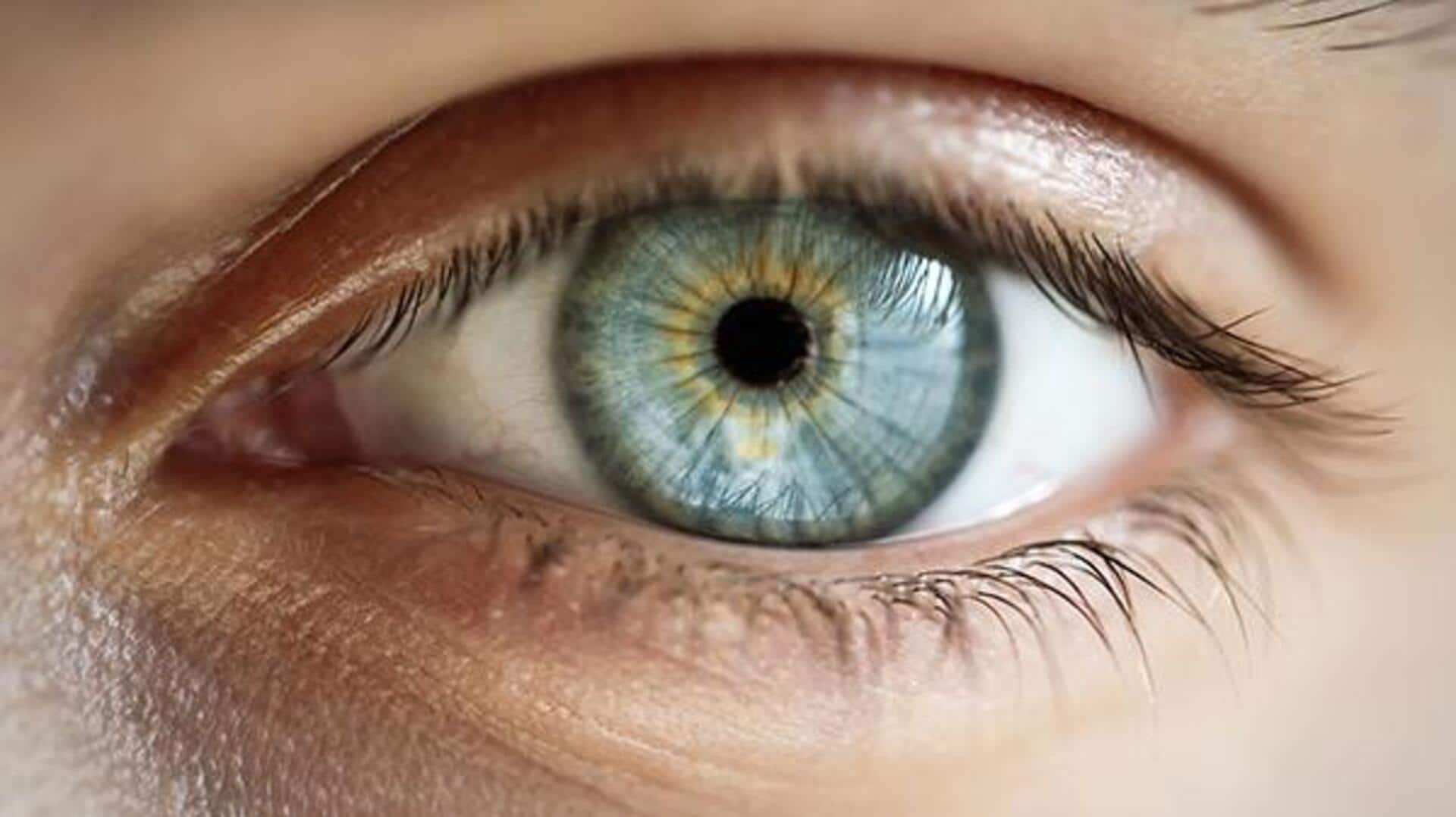
Groundbreaking stem cell transplant restores vision in multiple patients
What's the story
In a global first, a groundbreaking stem cell transplant has successfully restored the vision of three people with severe corneal damage. The clinical trial, which was conducted in Japan, marks a major milestone in the field of stem cell research. Two years after the surgery, no serious safety issues have been reported and all three corneas look much more transparent than before.
Patient details
The trial involved patients with limbal stem cell deficiency
The trial included four participants, all of whom were diagnosed with a disorder called limbal stem cell deficiency (LSCD) — a condition that causes scar tissue to build up on the cornea. The cornea, which is often described as a 'transparent window' at the front of the eye, depends on a strong supply of stem cells from its frame or limbus to remain clear and functional. Without them, vision loss is gradual.
Treatment challenges
Current treatments for LSCD and their limitations
Currently, patients with LSCD in one eye can have their scar tissue surgically removed and replaced with a healthy cornea slice from the other eye. But if both eyes are affected, a donor transplant is required. Out of the 12.7 million people worldwide suffering from cornea-related vision loss, only 1 in 70 can access transplants due to limited availability and risk of graft rejection post-transplant.
Stem cell potential
Induced pluripotent stem cells: A promising solution
Induced pluripotent stem cells (iPSCs) provide a promising answer to these challenges. These versatile cells can be reprogrammed from any human body cell into an embryonic-like state, and can then transform into any type of adult human cell, including corneal cells. Scientists at Osaka University Hospital in Japan have successfully used iPSCs derived from healthy human blood cells to restore vision in patients with LSCD.
Procedure outcome
Transplant procedure and post-operative results
In the lab, scientists converted iPSCs into corneal epithelial cell sheets (iCEPS). These sheets were transplanted onto the patients' corneas after removing scar tissue. Seven months after the transplant, all four patients exhibited improvements in their vision. However, a year later, one patient saw her vision regress due to a suspected immunological response to the transplant.
Research progression
Future research and clinical trials
The team from Osaka University Hospital is now planning a multicenter clinical trial to further investigate these encouraging results. Despite the success of this pioneering procedure, more research is needed to fully assess its safety and effectiveness. "To our knowledge, this study provides the first description of iPSC-derived cell constructs being transplanted into or onto patients' corneas, and it represents a promising future treatment option for individuals with an LSCD," the team said.